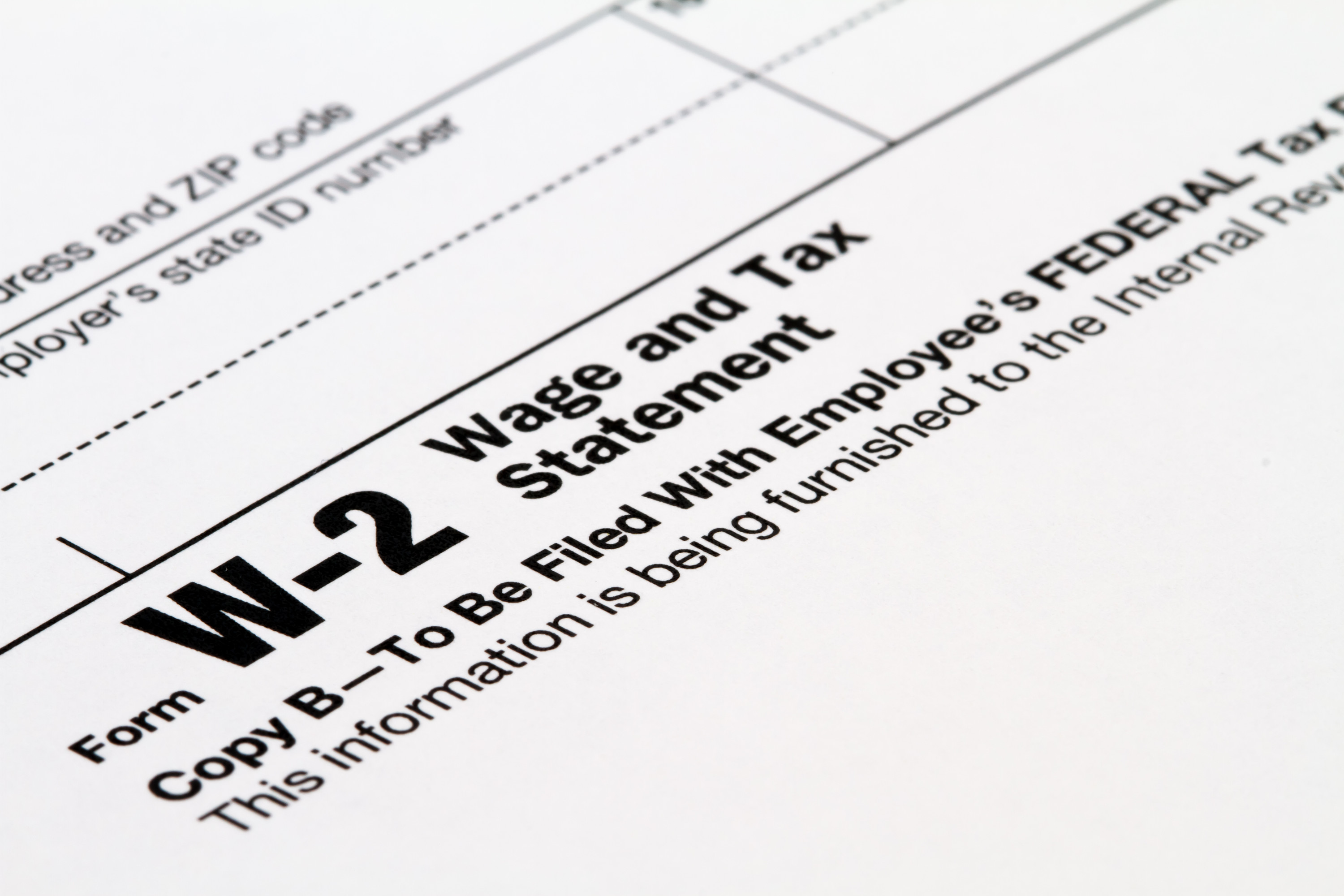Understanding Employer Health Care Costs
With the cost of health care continuing to rise, providing robust health care as a benefit to employees is becoming an increasingly important issue, especially in these times when the Covid-19 pandemic remains a concern and the future is uncertain.
Fortunately, businesses can take steps to help evaluate these options and make decisions that benefit them and their employees:
Traditional health-care options
Do not continue what you traditionally have done without evaluating the options available to your business and employees’ needs. This may mean consulting with a benefits advisor. A good advisor will guide you as you evaluate the traditional health-care options available in your marketplace. Under these plans, the company pays a monthly premium directly to the health insurance company.
Self-funded health insurance plans
With these plans, the company sets aside a special trust fund to fund the plan. The company then pays employees’ health-care claims as they occur. A downside to these plans can be the fear of the high cost of potential catastrophic claims, but that can be mitigated with a stop-loss insurance policy.
Supplemental health insurance
Consider offering supplemental health insurance (Medigap insurance) that can help employees pay for services and out-of-pocket expenses (e.g., co-pays) regular insurance does not cover.
Savings accounts
Health savings accounts (HSAs) and flexible savings accounts (FSAs) are another option. These tax-advantaged savings plans have different requirements and contribution limits, but both can be advantageous to employees. Employers may be able to contribute.
Wellness programs
Offering wellness programs is another way to help support employee health. Promoting access to health-related apps (e.g., diet and nutrition, exercise) and establishing employee assistance programs (EAPs) that provide free, confidential mental health services to employees are examples of programs that encourage employees to improve their health.
Employee education
Educating employees about their options and what their health-care plans do and do not cover and what their out-of-pocket costs are goes a long way toward easing their anxiety.
Finally, keep an open mind and consider a range of solutions. Working with a sophisticated benefits provider can help you get the right plan for your employees at a price they can afford.







Reply a Comment